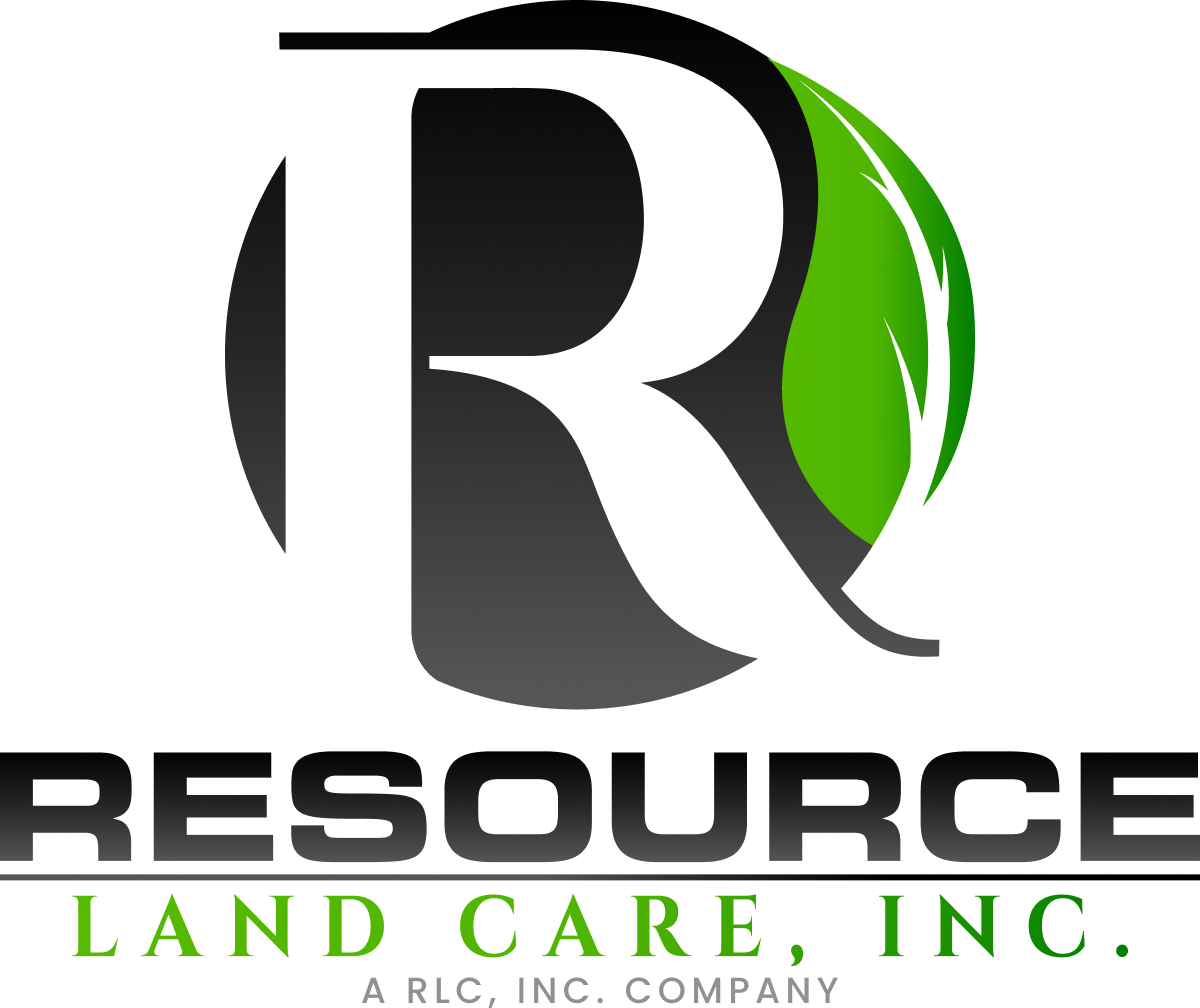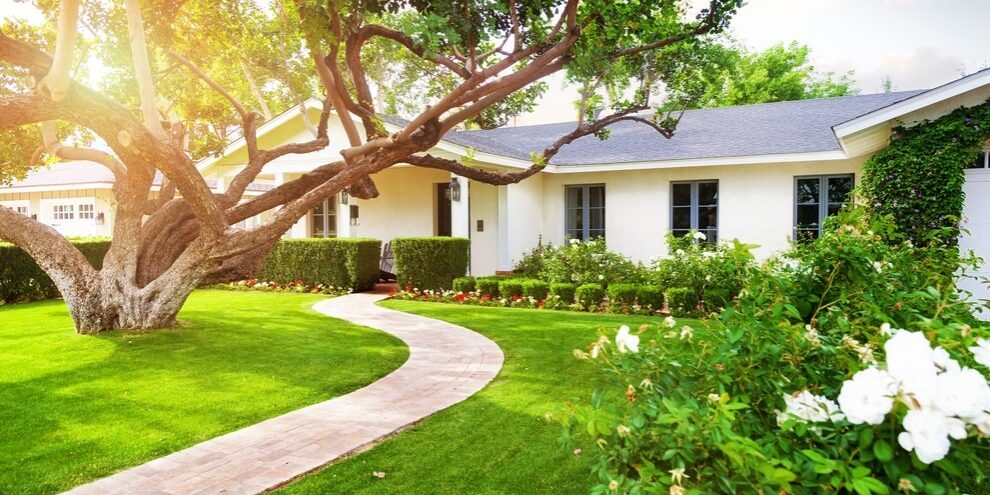Resource Landscape wants to help the great communities of Chino Hils, Rancho Cucamonga, Ontario, and their local areas improve their carbon footprint.
Earth Day was created in 1970 to raise awareness about environmental issues such as oil spills, pollution, and wildlife extinction. The movement’s objective was to recycle, reuse and reduce resources so that we could all come together to make the world a better place. Did you know that approximately one billion people participate in some type of Earth Day activity in over 192 countries? Here’s your chance to become part of the solution and create an eco-friendly home.
California is one of the top states for green initiatives and has created an environment where people recognize how important it is to save the planet for generations to come. Here at Resource Landscape, we take pride in helping the community to find efficient ways to conserve energy and bring awareness to how you can have an eco-friendly yard!
1. Watering your property is the key to creating a healthy environment for your lawn and plants to flourish.
With so many communities having water restrictions, more people are looking for systems that will keep their yards looking healthy and conserve water.
There are different irrigation systems to choose from, depending on the size of the area you need to cover. A sprinkler system is very effective when watering a large area like your lawn. Unfortunately, warm temperatures or wind can cause the water to spray all over and evaporate before it has a chance to add nutrients to your lawn and plants. Not a great way to conserve water!
Some people choose a drip system that goes directly into the soil. The low pressure that runs through the hose can precisely filter the water to the plant’s root, which needs it the most. The system is located a few inches under the ground, so this alleviates any evaporation. The most significant advantage to a drip system is that you reduce the amount of water used up to 60% less than an average sprinkler system. Something to consider is a combination of a sprinkler and drip system, especially if you are in an area with watering restrictions.
2. Native plants require little maintenance and are naturally resistant to diseases and pests.
They don’t use as much fertilizer and are usually tolerant to different weather conditions. They also invite birds and insects, which attracts pollination. Did you know that plants absorb toxins from the environment and improve air quality? What a great way to celebrate Earth Day; have our team install the perfect landscaping design filled with a balance of trees and shrubs that will not only create an eco-friendly yard but add to your curb appeal!
3. Did you know that proper lawn care can help our environment? By cutting your grass on a higher setting, you allow the grass to retain the nutrients it needs and reduce the amount of required water.
Did you know that leaving grass clippings on your lawn will help keep 75-80% of the soil’s moisture? If you prefer not to leave the clippings, you could start a compost bin and combine the grass clippings with eggshells and weeds, which are great ways to enrich your soil.
Another idea to consider is replacing some areas of your lawn with ground cover. It doesn’t require much water and can be a great accent to your landscaping design. Moss or clover are some great choices, and the clover gives a pleasant aroma to your yard.
Did you know that fertilization and weed control are important parts of lawn care? This is when reading labels is essential as some of the products may contain harmful chemicals that aren’t good for the ecosystem. When you see organic on a fertilizer package, you can be confident that it was naturally produced and includes only animal or plant-based components. Fertilizers that contain alfalfa meal, fish emulsion, cottonseed meal, cow manure, and compost are some of the better choices. The best advantage of organic fertilization is that it’s good for the environment.
What is the best choice for weed control that is eco-friendly? A non-selective organic herbicide that contains citric acid or clove oil is an option that is safe for the environment. Be careful when applying as it will kill everything around the weed, including the grass. You could also try a home remedy of vinegar, salt, and soap which does work but needs several applications.
Truthfully organic methods don’t work as well as chemical herbicides, but it does help to know you aren’t polluting or creating any risk to your family and pets. The key to the best weed control is to keep up with your lawn care, and if you are looking for help, we have an experienced team who can do the job for you!
4. Outdoor landscape lighting is a great way to add curb appeal and conserve energy.
With so many options available to choose from, the most eco-friendly way to go is with solar. You not only are saving the planet but also saving on your electric bill. By using the sun’s energy to illuminate your property, you are getting free electricity. It doesn’t have any wiring and is very easy to create light in those hard to get to areas between trees and shrubs.
If you prefer LED lighting, it can reduce energy levels by 80-90%, and bulbs can last approximately 100,000 hours. An advantage of having a LED system is that you can attach it to any smart device and program it to conserve as much energy as possible.
Earth day is a great opportunity to get your children involved in helping to make our planet more eco-friendly. You may want to spend some time with them planting native flowers or possibly start a rain barrel. Or you may want to go on a nature hike and leave the lawn maintenance, irrigation, or landscaping to us!
 (208) 810-5060
(208) 810-5060
